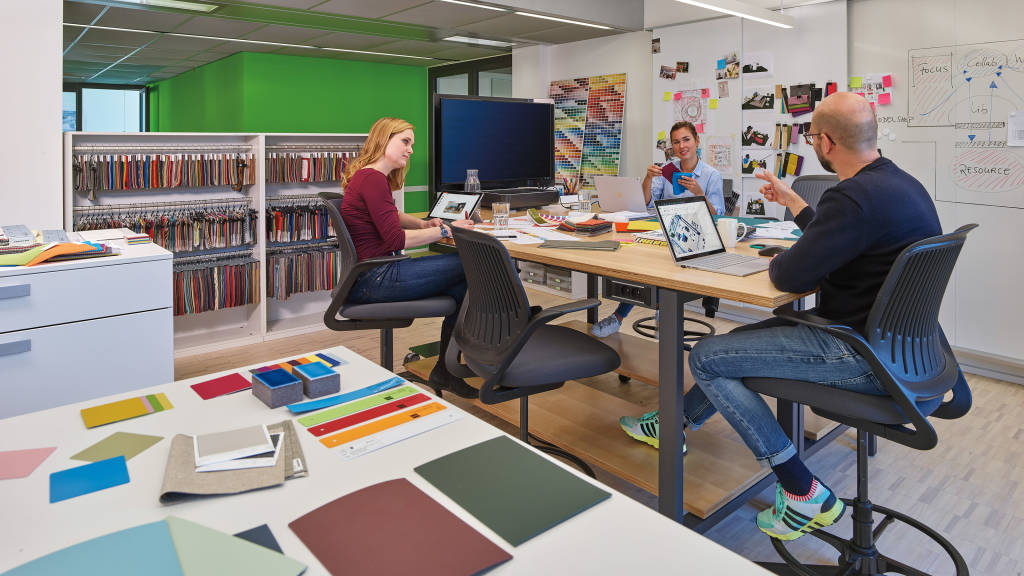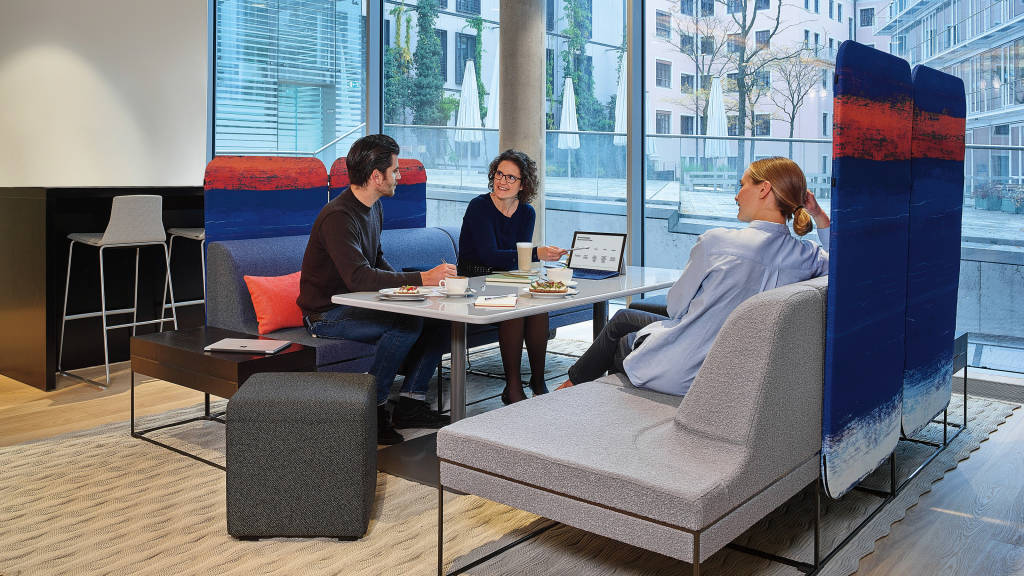Why Is It So Hard to Be A Learning Organization?
Recent report on corporate learning details three key learning trends
“The ability for organizations — and the people who work in them — to learn fast, adapt and manage change, has never been more important for organizational survival,” says Gillian Pillans, author of the research report Learning – The Foundation for Agility and Sustainable Performance and research director for the London-based Corporate Research Forum (CRF).
In the 2017 report, 96 percent of respondents agree that an organization’s capacity for learning can be a source of competitive advantage. Yet, leaders satisfied with their learning function’s performance remains stagnant at about 20 percent. While CRF concludes learning should play a leading role in enabling growth and building capacity for innovation and change, research found the learning function within organizations is often underpowered, lacking business credibility and struggling to show how its activities improve business performance. Pillans spoke to 360 about new insights from the most recent report.
360: Your report identifies three key trends in corporate learning. What do you see emerging?
GP: The first isn’t a surprise. We see learning moving out of the classroom and online. Technology is making learning opportunities more broadly available. Those in the learning function of organizations are having to cede control over who learns what and where. The second is learning is becoming increasingly democratized and personalized. People can pick and choose what’s relevant to them. It’s like if you shop on Amazon and Amazon knows what you’re interested in. We’re seeing learning systems are able to apply algorithms to understand what your learning needs are and serve up content that addresses those needs.
Third, the role of the learning function is shifting. It’s increasingly about ‘curating’ content from both within and outside the organization and deploying technology to enable individual learners to take control of what, how and where they learn. Learning, fundamentally, is a social activity. But what we’re finding is that the social element of learning is being more and more enabled by some of the social technology available to us. There are lots of companies investing in social platforms for learning. It’s a combination of online learning and connecting people.

360: Why do you say it’s so important for learning to be centered around the business strategy?
GP: To me, learning’s about executing the business strategy. Learning has a capacity to be an incredible source of competitive advantage. That was one of the key messages that came out from the surveys we did. If you are going to try to take a different direction as an organization, or pursue a particular strategic agenda, and you don’t have the capacity to learn as an organization, it’s going to be very difficult to do something different than what you’re doing today. We see many examples of businesses failing to make a strategic connection between the business agenda and the learning agenda. That’s a huge missed opportunity.
Secondly, there’s a culture issue. There are certain organizations with strong learning cultures. They look very different to others. If you want to, at an organizational level, make sure that you’ve built in the capacity for learning, you have to build a culture that’s open to that. Building the capacity to be a learning organization is absolutely crucial because we live in a business world with constant disruptions happening and new competitors emerging. It’s a highly dynamic situation. The capacity to learn is even more important than possibly it ever has been.
360: What are some hallmarks of an organization with a strong culture for learning?
GP: If you talk about learning organizations, I like to describe there being a hardware and a software element. The hardware is an embedded process for learning such as design thinking, lean or agile. An inherent part of the working process means you not only do the work, but you also review what’s happened and extract learnings.
The software side is behaviors and culture. What it feels like to be in the organization. The culture where learning is most likely to happen is one where there’s a tolerance for ambiguity and the right sort of failure — an organization that’s prepared to try things and learn from what went wrong without assigning blame. That’s an attitude and culture that’s open to taking risks, because they’ve calculated risk and recognized it’s a learning opportunity.
360: What is the role of leaders within a learning organization?
GP: The role of senior leaders is very important. They create the context and the culture. If a senior leader squashes a certain type of behavior, then that’s going to suppress the sort of culture you want to develop. At the same time, I don’t think it’s all about senior leadership. What we find in this research is the essential component is the team and the team leader is critical. Even in the absence of senior leadership support, individual teams and individual team leaders can make a big difference in their immediate environment by adopting some learning-oriented processes and creating a team culture that’s open and supportive to learning from each other.
In addition, being accessible as a senior leader is part of creating a culture open to learning. You know, if you’re locked away in your office and you never talk to anyone outside of your executive bubble, then that is not going to promote a culture of learning. (Read: The New Leader)

360: How can team leaders support learning?
GP: Team leaders need to be able to create an environment where people feel comfortable speaking up. People need to know they’re not going to be shot down because they say something a little bit controversial or challenging. Interestingly, it’s the same sort of environment that tends to support the development of diverse teams. More homogenous teams tend to struggle more with learning at a team level.
It’s easy to think about learning as a person learning a thing. But, it doesn’t tend to happen in isolation in most cases, particularly the way the organizations work. It really is about groups of people learning together, working on problems together. That requires a different view of what learning actually is. It’s really when you get people working and learning together effectively that you have this impact on organizational performance.
360: Can you give us an example of a successful learning organization you’ve discovered while doing your research?
GP: The U.S. Army has an after-action review which a lot of organizations have tried to adopt. The reason it works so well is because they don’t just identify what went wrong and what worked. They have a solid process for operationalizing what’s been learned. It’s up to the team who examined what happened to implement the change. They don’t try to pass that learning onto someone else. They use it to improve their own performance. It’s an ongoing process of the team learning together. It’s a process of continuous improvement. Their view is learning hasn’t happened until the insight has been put into operation.
The U.S. military will also move individual commanders around on a regular basis. It’s a way of socializing this idea of a learning culture. As someone moves into a new area and takes up a new command, they will take that cumulative body of experience with them. That’s a way of feeding and cultivating ideas through the rest of the organization.

360: How do you see the work environment supporting learning behaviors and culture?
GP: What the research indicates is learning happens better in an environment that’s as close to where you’re going to be applying the learning as possible. If you take people out of their daily work environment, for example, and you put them up in a nice hotel for a conference, the gap between the learning experience and the application of that learning is quite wide. Research suggests only 15 percent of what people learn is then used to improve their performance on the job. So, anything you can do to narrow the gap between the learning and application is helpful.
People need to learn together. You need environments that support people having the opportunity to bump into each other and share insights and experiences not necessarily manufactured by organizing a meeting. It’s about micro-learnings that you can’t necessarily program. If you can create an environment that’s conducive to that, that’s going to be helpful. (Read: Creating the Link Between Learning and Innovation)
360: What do you see as the future of learning organizations?
GP: In a way, learning, as a social activity, is not necessarily going to change. There’s a need to drive learning through experience. That is how adults learn and that element will remain the same. We will see the tools that support learning change at an incredible pace. We’ll see the use of artificial intelligence in learning. We’ll also see the narrowing of the gap between learning and application. We’re already seeing some of this. Companies are investing in performance support systems. They identify what the issues are that their employees struggle with, and build short focused content to help address very targeted problems.

Gillian Pillans has worked as a senior HR practitioner and OD specialist for several organizations including Swiss Re, Vodafone, and BAA. Prior to her HR career, she was a management consultant with Deloitte Consulting and is also a qualified solicitor. Gillian has written various CRF reports on subjects including HR strategy, organization design, and development, leadership development, talent management, coaching and diversity.


